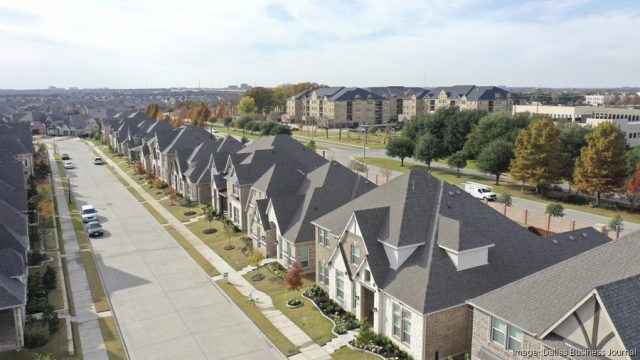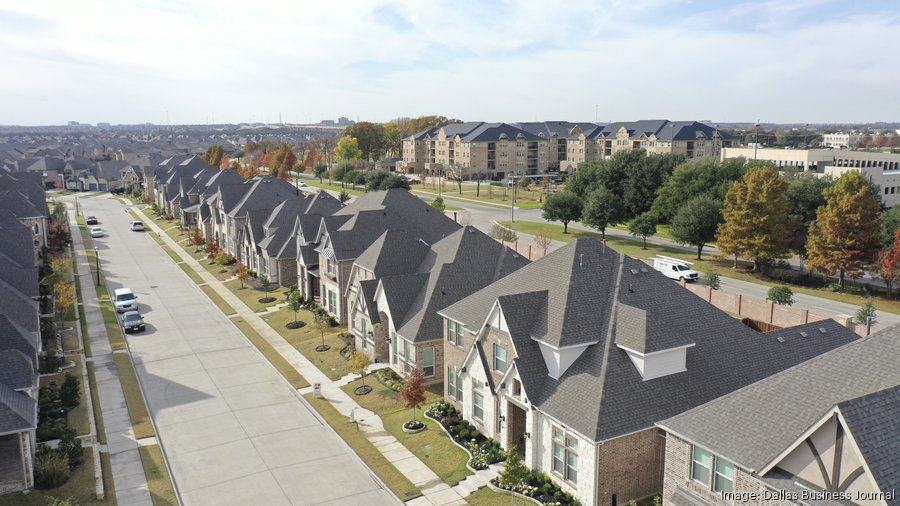
Jake Dean
Information is a kind of capital, one that can be hugely important in business. And one of the richest sources of such capital was just topped off.
New metro- and county-level population estimates were published last week by the U.S. Census Bureau. Dallas Business Journal has already reported some on some of the high-level trends and broken down the growth rates for all 254 counties in Texas
However, one of the most-used pieces of information from the annual demographics dump — something on the lips of countless Realtors, site selectors, economic development leaders, politicians, school administrators, etc. — deserves additional reporting and exploration.
The bureau’s annual population estimates can be used to determine how many people move to a metro or county per day, and vice versa.
As a reminder: the data are from mid-2023. But the bureau releases new data each spring, so this is the best and latest for the next year. Use it in presentations and sales pitches and to wow colleagues and friends.
Below are some takeaways from the data.
• For the 13-county Dallas-Fort Worth metro, net migration resulted in the addition of 101,419 people from July 1, 2022 to July 1, 2023. That translates to about 278 more people in DFW per day via migration. Net migration is inbound migration with outbound migration subtracted.
• Of that net migration, more than 40% came from international migrants, an estimated 40,962 — or about 112 migrants from around the world per day. That level of international net migration was sixth-highest in the nation. The top five were the New York City metro, Miami, Los Angeles, Houston and Washington, D.C.
• Natural population growth — births minus deaths — accounted for 51,377 more people in DFW. At 102,227, births more than doubled deaths — and equaled about 280 births per day in the Metroplex.
• Taking, migration, births and deaths into account, DFW as a whole added an estimated 152,598 people, or about 418 per day, as DBJ’s Plamedie Ifasso already reported.
Additionally, the new Census Bureau data provides some interesting insights at the county level.
• In Collin County, north of Dallas, natural change accounted for just 21% of the increase in estimated population. Net migration of 28,886, about 79 people per day, accounted for the lion’s share. Collin ranked No. 2 in the nation for raw population growth, after Houston’s Harris County. Harris County had a large amount of international migrants, but it actually saw negative domestic migration, so natural change of 34,695 accounted for about 65% of total population change. That underscores how Collin and DFW more widely have become magnets for people throughout the United States.
• The ratio was even more skewed on the east side of the Metroplex. Kaufman County and Rockwall County, which ranked No. 1 and No. 2 in the country for percent growth, saw net migration account for 92% and 93% of estimated population growth, respectively. Put another way, for every one birth in those counties during the 12 months, about five people were added through migration in each. That suggests to me that these areas are seeing radical change — and are likely in need of many more kinds of businesses to meet residents’ needs.
• Tarrant County, home to Fort Worth and Arlington, saw very balanced population growth: natural change added 13,010 people and migration, slightly skewed toward international, added 14,159. Total population change of 27,301 meant about 75 more people showed up in the county per day.
…
https://www.bizjournals.com/dallas/news/2024/03/18/migration-how-many-people-move-to-dfw-a-year.html

